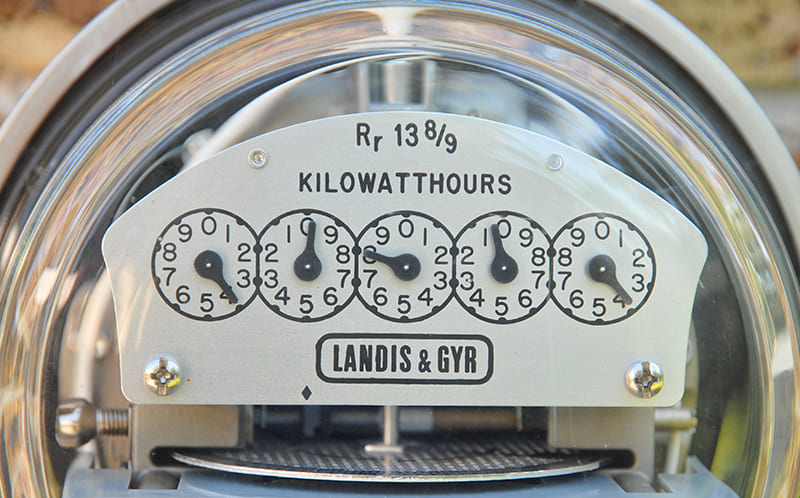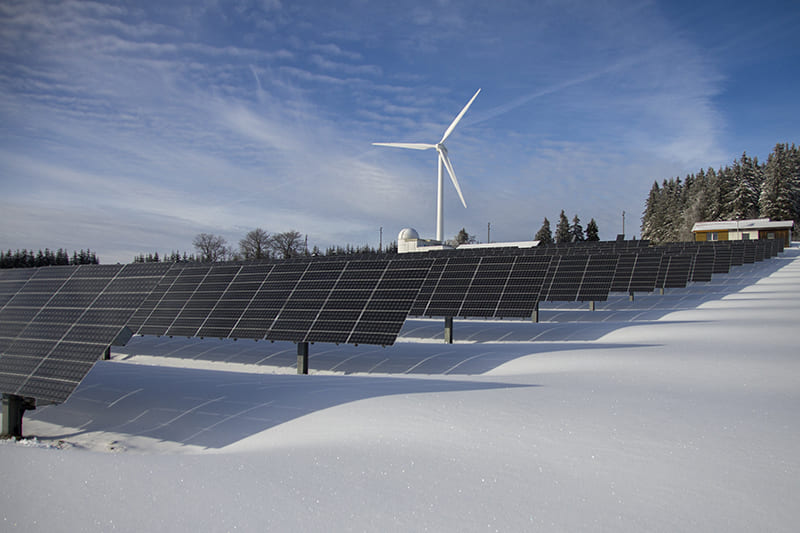
Most companies don’t have the luxury of saying, “Sorry, we are out of stock right now, but we’ll get back to you in a few weeks.” That’s how you lose clients. Energy suppliers face those same challenges. “Oops! Your neighbor was using a lot of power, so there’s none left for you,” is never an acceptable answer.
One solution to this problem is creating more of your product, whether that’s electricity or paper. However, scaling up production can be expensive, especially if the demand is not consistent throughout the year. Energy companies certainly don’t want to pay for an additional generation plant if it will be only sporadically used.
A better way to adjust is to encourage customers to use more energy during traditionally low time periods to smooth out uneven buying patterns. Energy companies frequently turn to this type of solution, called demand-side energy management.
What does demand-side energy management do?
Because energy demand is dynamic, with more use at 4 pm on a hot day than at 4 am on a mild day, energy companies have layered production systems that they can scale up or down. The cheapest sources run constantly. They only call on the most expensive ones to meet intense demand. To decrease the need for those most costly tiers, energy companies smooth out use or push it toward periods when it is easier and less expensive for them to supply power by using incentives to encourage users to shift energy consumption patterns and times. Rather than firing up an additional fossil-fuel production plant during peak hours, they seek to reduce peak demand so they can meet it with their less-expensive generation sources.
Demand-side energy strategies
Time-variant pricing
One way companies push users toward using power when it is cheaper to generate is with time-variant pricing. Instead of charging a flat rate for energy, they charge more for energy at times of higher demand or when it is more expensive to generate power. Conversely, prices drop when demand is lower and energy is cheaper.
These time-of-use rates incentivize customers to strategize when they perform their most energy-intensive processes, pushing them to off-peak times. For an individual, that might mean waiting to run the dishwasher until later in the evening. For a business, it could mean running heavy equipment overnight instead of during peak hours.
Time-variant pricing helps align consumer energy prices with the cost of electricity generation and incentivizes users to shift activities to times when demand is lower.
Energy efficiency investing
Another strategy utility companies use to manage energy demands is investing in energy efficiency. Utility companies offer financial incentives for modernizing your systems to make them more energy efficient. It may seem counterintuitive that a company would pay you to find ways to use less of their product. However, this is what many energy companies do to prevent them from turning to those more expensive and usually less environmentally friendly means of generation. It can mean rebates for updating equipment, making energy-efficient updates to buildings, or installing smart technologies that can manage your use and shift it to low-demand times. Utility companies may even offer incentives for installing solar panels so that you can generate some of your own electricity.
All these strategies save you money because you use less energy, and it keeps the utility from turning to their expensive, last-resort generation sources.
Demand-response programs
If the weather calls for an exceptionally hot summer afternoon, your energy company may see trouble on the horizon. Demand might not only outstrip the supply of their lower-cost electricity; in some cases, it may surpass their entire generation capacity and put too much pressure on the grid, which often leads to power outages. Situations like this cause demand-response programs to come into play. In response to a high-demand event, the utility company may offer financial incentives for reducing use during these periods of peak demand. Demand-response programs are similar to time-variant pricing, except they happen in response to a specific event.
Benefits of demand-side management
Cost-savings for the consumer
Whether you shift your energy use to off-peak hours or not, as an energy user, your energy procurement budget benefits from demand-side energy management practices.
You may benefit from cheaper energy due to time-variant pricing if you switch energy-intensive processes to low-demand times. The same activity costs you less than it would have if performed at a different time of day.
But not every company can shift processes to less expensive times. However, because utility companies have employed these strategies, your overall energy costs are still lower. When a neighboring company alters its use, they help lower peak demand. That reduces the need for the utility company to turn to more expensive generation methods or build additional power plants. Even if your specific use patterns remain unchanged, the changes neighboring businesses make help all users avoid higher energy costs.
Environmental advantages
If energy use is directed toward times when renewable energy is readily available, utilities can rely more on solar and wind power and less on burning fossil fuels.
The primary, cheaper layers in the energy companies’ generation plans are often the most environmentally friendly. Solar energy, for example, coincides with many periods of high use but is also less costly. In many cases, using renewable energy sources like solar and wind is now cheaper than building new fossil fuel energy plants. Demand-side energy management allows utility companies to shift away from more expensive, non-renewable production, meaning more ecologically responsible energy use overall.
Demand-side energy management is one method an energy company can use to help keep costs down while ensuring they meet consumer energy needs. It allows them to smooth lumpy user demand through price incentives and subsidized efficiency improvements. Companies can meet demand with electricity that costs them less per kilowatt-hour to generate and can source more of their electricity from renewable sources. As an energy user, you benefit from a cheaper, more reliable energy supply, keeping the lights on for less.
Others articles you might like
The full wrap on thermal insulation and energy efficiency
Imagine going out for a coffee with a friend. It’s a blistering summer day and you take them to your favorite place with the best iced coffe...
25 April 2024Six factors that affect energy prices
Every business leader knows how important it is to understand and predict operating costs. Your projected budget shows what your future fina...
25 January 2024Six advantages of green energy and microgeneration for companies
Most companies rely partly or entirely on non-renewable fuels, such as coal, oil, and natural gas, to heat and cool their facilities and to ...
9 January 2024



